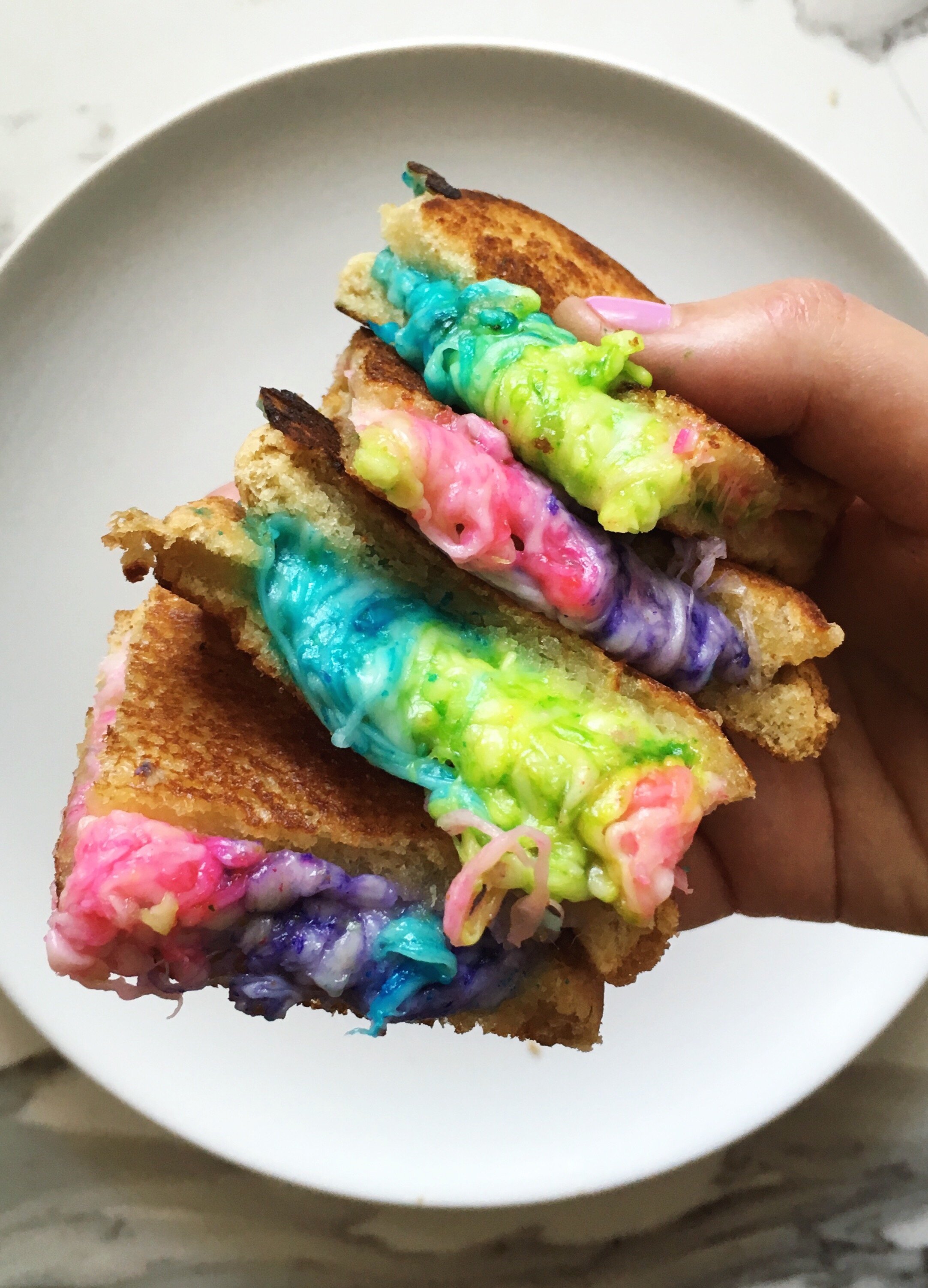
HOW DO YOU MAKE CHEESE HOMEMADE FULL
A small hand full of cheese is gathered and firmly pressed in the hand to consolidate the curds. A simple test that I always show in my workshop classes here is the 'Grip Test'. This will show up as leaking cheeses, as the acid continues to develop, and a very chalky and acid tasting cheese. If the curds are not dry enough, they will carry moisture which contains Lactose forward into the pressing and aging stage. A broken curd should be firm throughout and the curds should have a moderate resistance when pressed between the fingers. The final curds should be cooked well through and should be examined to make sure that enough moisture has been removed. This may be extended if the curds are still soft. Then stir another 30-60 minutes, until the curd is firm. The total cooking time will be about 30 minutes The heat needs to be increased slowly at about 3-5F every 5 minutes at the beginning. This will be done by increasing the heat slowly to 102F. Now it is time to begin drying out the curds. It will be very slow initially but will soon kick into its more rapid rate of converting lactose to lactic acid. The milk now needs to be kept at this target temperature for 90 minutes to allow the culture to begin working. To prevent the powder from caking and sinking in clumps, sprinkle the powder over the surface of the milk and then allow about 2 minutes for the powder to re-hydrate before stirring it in. Once the milk is at 86F, the culture can be added. Thermometers in both the milk and water bath will help in controlling temperatures If you do this in a pot on the stove make sure you heat the milk slowly and stir it well as it heats.Īs you can see in the picture here, I use a pot inside a bigger pot, and a burner under that to control my water bath temperature. You can heat the milk right in the sink if you use a couple of changes of VERY hot water. You can just add a bit of boiling water from your tea kettle to make sure the water bath remains at temperature. A water bath using a pot in your sink will be the most stable way to do this.

Well the answer could just be that is a fascinating hobby and the sheer pleasure of eating something unique that you have created yourself.Īnd you know exactly what has gone into the food on your table.Īrtisan cheeses are something special and you might have a few mistakes and disasters along the way but that’s all part of the learning process.Begin by heating milk to 86F. Now we can buy a huge range of cheese from around the world in our local supermarket you might wonder why make cheese at home? The process of cheesemaking is an ancient craft that dates back thousands of years, ever since man domesticated animals and found himself with milk going sour. If we find cream reduced then we grab that too and convert it into butter (see making your own butter). Personally, we just make small amounts of cottage or curd cheese at home, sometimes the supermarket has over stocked and we pick up some reduced organic milk cheaply and convert it to cheese which can be frozen. We met a couple on a market selling their own cheese who had teamed up with a small farmer to turn his ewe’s milk and goat’s milk into cheese If you know a local farmer or smallholder then you may well be able to get enough milk at an affordable price to make cheese in larger quantities. This need not just be cows milk, goats milk makes fine cheese as does sheep’s milk.

To make serious quantities of cheese you really need a source of low cost milk. Home cheesemaking can be a fun hobby, a method of storing milk that would otherwise sour or even a business opportunity. Making cheese at home is something most people would never think of yet it is remarkably easy in principle.


 0 kommentar(er)
0 kommentar(er)
